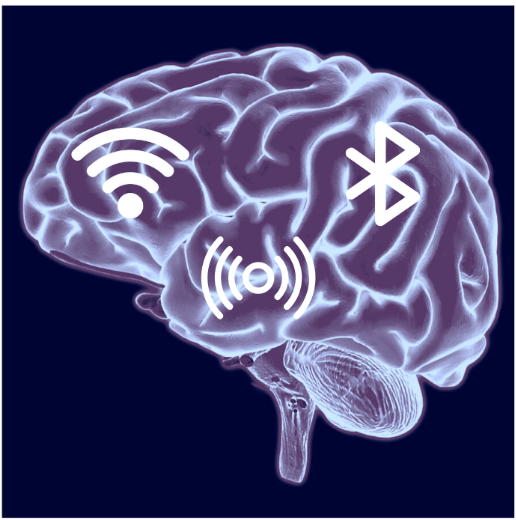What areas of neuroscience research is wireless technology becoming popular in?
With advancements in neuroscience being made annually, the last few years have seen a rise in the number of companies developing wireless technologies in fields such as in vivo electrophysiology, optogenetics and fiber photometry. Wireless technology has become more popular in neuroscience research due to the flexibility it offers researchers in terms of applications and experimental design. With the development of new digital technologies replacing analog systems, specifically in electrophysiology, wireless technology is becoming a lot more affordable compared to 5-10 years ago.
Why do researchers want to use wireless?
A number of factors need to be considered when a researcher decides if they want to invest in wireless technology for their neuroscience research application. While traditional wired systems in neuroscience have contributed to a huge number of publications, and many researchers are accustomed to how they work, wireless systems have the potential to open up a much broader window of study designs. In the past, wired systems have been limited when it comes to rodent behavioral studies, specifically studies that involve mazes, tunnels or running wheels. Researchers doing social studies involving more than one animal have also run into problems with animals chewing at wires connected to other animals, or else wires getting tangled, resulting in damage to the equipment which can be costly to repair/replace. When it comes to the field of optogenetics, a number of wireless optogenetic solutions are currently available that can be used independently or alongside in vivo electrophysiology.
Wireless optogenetics or fiber photometry systems allow for the dissection and studying of neural circuits while animals are undergoing relatively normal physiological behavior (they still have a device implanted on their head, so as normal as possible in these circumstances). The stimulation of different brain regions and neural circuits while undergoing a certain task allows researchers to better understand the function of these brain regions and neural circuits, thus elucidating their role in behavior or contribution to neurodegenerative disease states.
What advantages do wireless acquisition systems have?
Research companies such as Pinnacle Technology and Teleopto have worked with researchers and know exactly the problems they’ve faced when wanting to do these specific types of experiments. That is why they have been at the forefront of developing wireless technologies to help researchers overcome obstacles and design their experimental set-up as needed. Wireless systems don’t limit the natural behavior of the animal as much, simulating a more natural environment than with wired systems.They allow for animal interactions in social studies without the worry of animals destroying the equipment, and they allow for more varied experimental designs.
What are the limitations of wireless technology in neuroscience?
One of the biggest limitations wireless systems face is their weight. Although technology is getting smaller, the weight of products can be a deterring factor for researchers. Depending on the animal model being used, some wireless systems are just too big that it hinders animals’ natural behavior and affects the experimental results. Damage to brain tissue, stress and pain to the animal and unnecessary limitations to animal movements are factors that should definitely be avoided during freely moving experiments.
Depending on how the wireless system transmits that data to the acquisition system (wifi, radio or bluetooth), it is sometimes necessary to consider the surrounding experimental environment to ensure there is no interference to signal transmission. The study time length must also be accounted for, as most wireless devices use batteries meaning they only run for a specific period of time.
Green Leaf Scientific supplies a range of specialty neuroscience research products for both in vivo and in vitro studies. We have a range of suppliers such as Strex Inc., Diagnostic Biochips Inc., Pinnacle Technology Inc. and more!
Green Leaf Scientific supplies a range of advanced wireless technologies and freely-moving solutions to pre-clinical neuroscience researchers. Interested in learning about our suppliers’ products? Contact us today!




